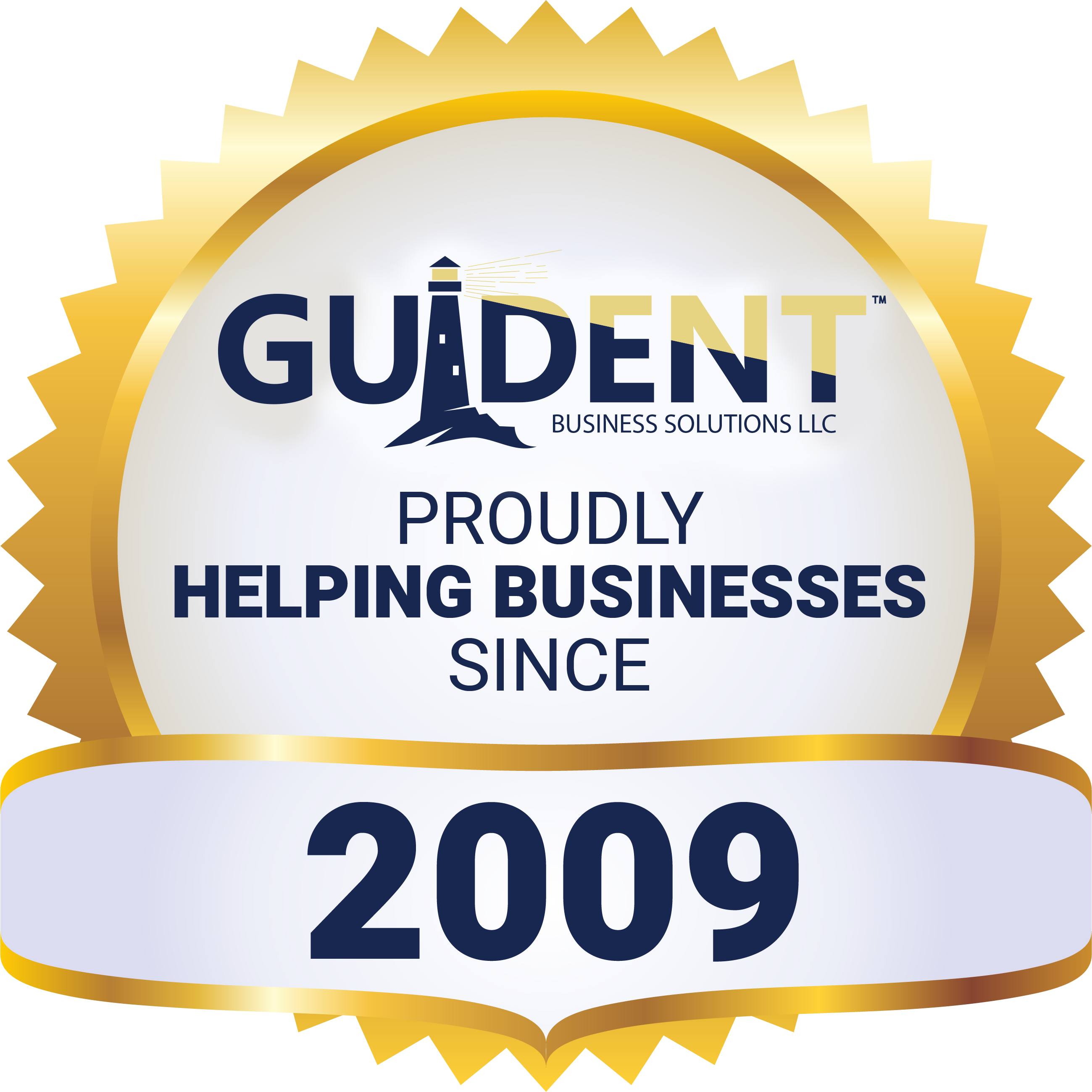The Boss has the “Jig Saw Puzzle Box Top”, others do not!
In this organization, the challenge was a lack of efficiency, as The Boss tried to get all managers to work together. The departments were all siloed working as independent units not worrying about the other departments or how they fit into the overall strategy. In past newsletters, we identified “IOP’s” (individual operating procedures) versus “SOP’s” (standard operating procedures) done by individual employees. In this case, the IOP was done by the various departments. Each department would take care of their own business and not worry about how their output would affect the other departments. The efficiencies were lagging due to poor input from one department to another. The department managers could not see how they fit into the big picture; they were not shown the picture on the “Jig Saw Puzzle Box Top”.
The initial problem was various department managers had no clue how the pieces they were creating would fit together to create a cohesive business model. This created several challenges for the organization. I asked the managers to recite the organization’s Mission Statement. I heard crickets chirping in the distance! Not one of the department heads could tell me what their company mission was, and The Boss could not readily remember the Mission Statement. This was the first problem we had to solve. Second, the managers of the departments were not involved in creating the strategy. True, The Boss was the overall decision maker, but the managers, as subject matter experts in their departments, were not included or consulted by The Boss when the strategy was created. These managers did not have ownership in the overall strategy. This was one of the reasons for the IOP’s coming out of the departments. Third, as subject matter experts, these managers could have added huge value in the strategic planning process. The managers had “feet on the ground” intel regarding their people and what was possible and what would be a challenge in achieving the company’s overall goals.
Today’s workforce often includes four generations (not counting the 2% Silent Generation), the Baby Boomers (persons born from 1946 to 1964), Generation-X (persons born from 1960 to 1970), Millennials (born 1980 to 1990), and Generation-Z (born late 1990 ‘s to early 21st century). The Boss cannot put a strategy in place that does not consider the different mindsets, expectations, and desired lifestyles of each generation in his workforce. The workforce mentality has changed greatly since The Boss began his career. That is why a manager with real-time knowledge of his or her department’s workforce must be included in defining an organization’s strategy. Putting the strategy on paper is much different than executing it in the workplace.
The Boss was modeling how he wanted his organization to function, in silos! The Boss was operating in a silo and was wondering why everyone else in the organization was also siloed. The Boss may have defined a mission and vison but has not included the organization in its development. When an organization is experiencing poor efficiencies in its processes, it is not solely a physical production problem. The Boss must look deeper into the “root cause” of the operation by engaging the staff. Look first to the subject matter experts inside your organization for solutions, your employees will often have the answers you seek. Share the picture, engage your staff, and improve your efficiency.

